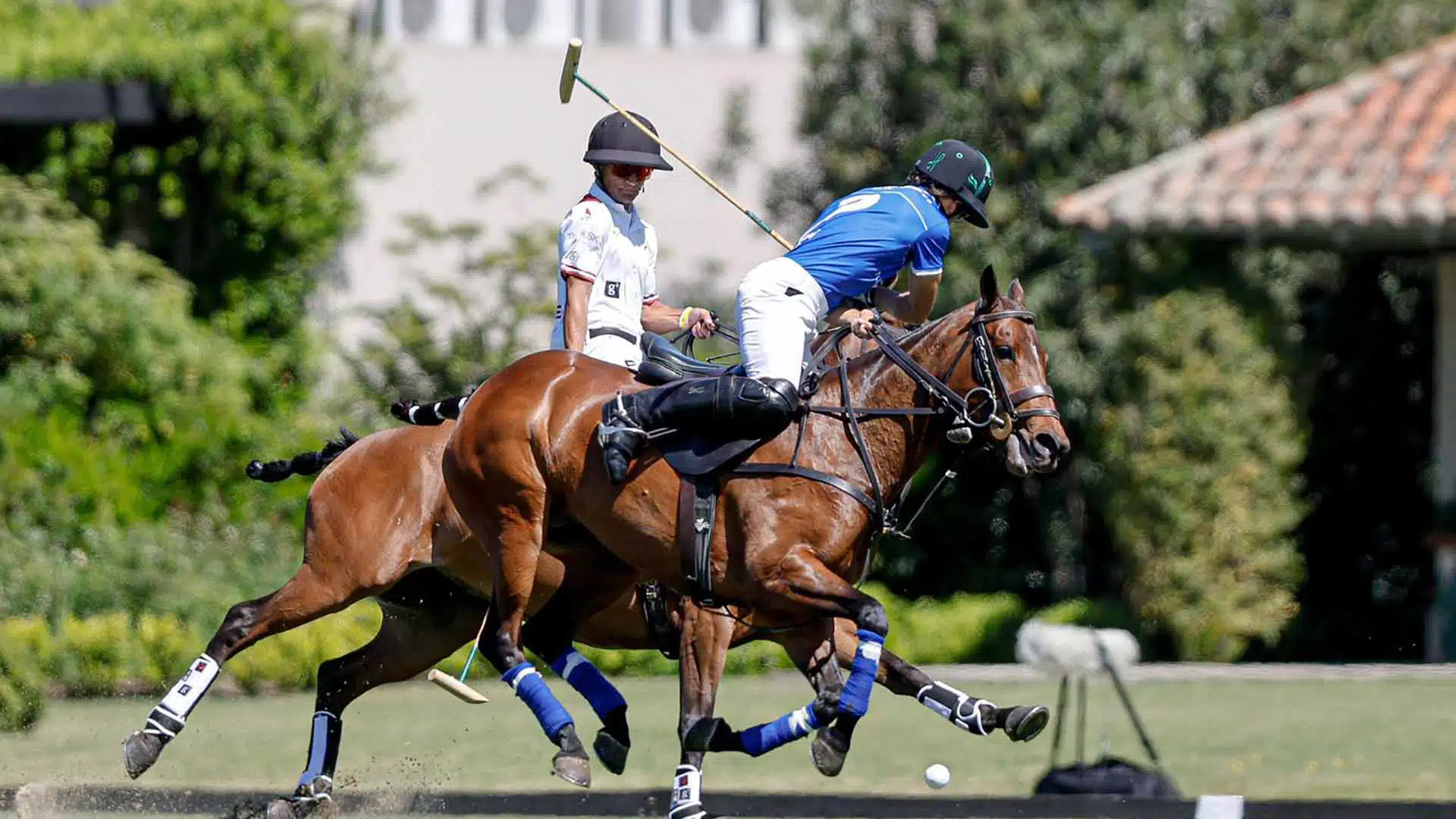Is polo a game played with or without the ball? While it might sound counterintuitive, more than 90% of a polo match is actually played without the ball. This fundamental insight reshapes how players approach the game. The key question becomes: What should I do when I don’t have the ball?
Whether you're near or far from the ball, your actions—or inactions—have a direct impact on the outcome of the play. Understanding this dynamic is essential to becoming a complete polo player. To improve tactical awareness, we can break the game down into three didactic tools: Spaces, Roles, and Behaviors. These help us understand what players should do with and without the ball, at different moments and positions on the field.
Understanding Roles and Behaviors in Polo Without the Ball
In Attack (Offensive Play)
When your team has the ball but you don’t, your job is to become a valuable asset to the team strategy. Here are key offensive roles and behaviors:
- Win Position: Positioning is everything. Get ahead of your marker or the play to create future scoring chances.
- Be a Passing Option: Always make yourself available for a pass, either short or long.
- Clear Marks: Use your movement and presence to drag defenders away from your teammates, opening up space.
- Follow the Ball Carrier: Stay close and support the player with the ball to give them backup or a quick outlet.
- Provide Depth: Stretch the field by moving into deep offensive territory to pull defenders back and increase passing angles.
- Anticipate the Next Pass: Think ahead—where will the ball go next? Position yourself accordingly to keep the momentum alive.
In Defense
When your team does not have the ball, the role of each player becomes even more critical. Effective defense in polo isn’t just about reaction—it’s about anticipation and pressure:
- Ride-Off Effectively (Pechar): Use physical pressure to challenge opponents and win space.
- Hook the Mallet (Trabar taco): Disrupt your opponent's shot or pass with a well-timed mallet hook.
- Apply Pressure and Oriented Pressure: Pressure the opponent in a controlled direction, steering them into less threatening areas.
- Mark Potential Receivers: Don’t just chase the ball—cut off passing options by sticking close to likely receivers.
- Read the Game: Anticipate plays by understanding patterns and reading player behaviors.
- Defensive Vigilance: Stay alert at all times, even when the ball is on the other side of the field. Polo can change direction in seconds.
- Win the Center: Control of the midfield allows your team to dictate tempo and direction.
Conclusion: A Team Game Beyond the Ball
Polo is far more than just a chase after the bocha. It's a strategic, team-oriented game where movement, space, and positioning often matter more than touches on the ball. By mastering the roles and behaviors required when you're not in possession, you elevate your contribution to the team and gain a deeper understanding of the sport.
Next time you watch or play a match, don’t just follow the ball. Watch the players around it. That’s where the real game unfolds.


